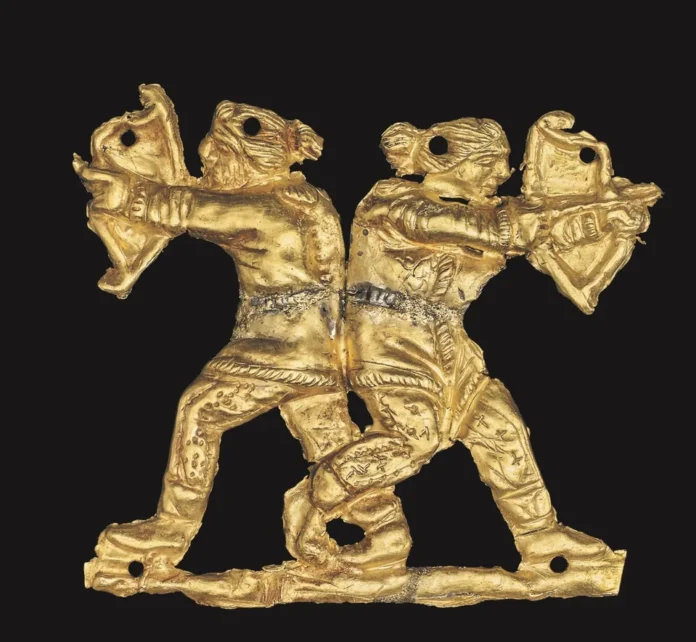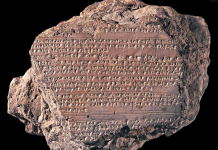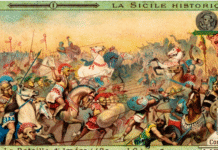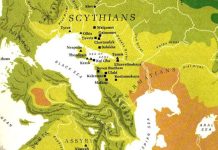Wikipedia: “The Tauri (/ˈtaʊəri/; Ταῦροι in Ancient Greek), or Taurians, also Scythotauri, Tauri Scythae, Tauroscythae (Pliny, H. N. 4.85) were an ancient people settled on the southern coast of the Crimea peninsula, inhabiting the Crimean Mountains in the 1st millennium BC and the narrow strip of land between the mountains and the Black Sea. According to the sources, the Tauri (Tawri, Tanwri) were the first inhabitants of the Crimean peninsula and never abandoned its borders. They gave their name to the peninsula, which was known in ancient times as Taurica, Taurida, and Tauris.
Taurians intermixed with the Scythians starting from the end of 3rd century BC, and were mentioned as Tauroscythians and Scythotaurians in the works of ancient Greek writers.
In his Histories, Herodotus describes the Tauri as living “by plundering and war”. They became famous for their worship of a virgin goddess, to whom they sacrificed shipwrecked travellers and waylaid Greeks. He makes a point of them living in Scythia geographically without themselves being Scythians. In Geographica, Strabo refers to the Tauri as a Scythian tribe.
Although the Crimean coast eventually came to be dominated by Greek (and subsequently Roman) colonies, notably the one at Chersonesos, the Tauri remained a major threat to Greek power in the region. They engaged in piracy against ships on the Black Sea, mounting raids from their base at Symbolon (today’s Balaklava). By the 2nd century BC they had become subject-allies of the Scythian king Scilurus.
In the 4th century AD, the historian Ammianus Marcellinus, mentioned the names of the 3 tribes (Arichi, Sinchi, and Napaei) of the Taurians known for their “extraordinary severity“.
Taurians also played a major role in the development and settlement of the Kizil-Koban Culture (KKC) in the 8th-4th century BC. Osmolovsky, who conducted a research in the Krasnaya (Red) Cave in 1921, pointed out that the arrowheads, ceramics and necklaces found in the Cave were owned by the Taurians. There are several indications that this culture belongs to the Tauris, such as:
- Firstly, in the written sources of the earlier times than the 2nd century BC, there is no mention of any other society living in the Crimean foothills and mountains apart from the Taurians.
- Secondly, many artifacts found in Taurians territory and cemeteries were also found in the Kizil-Koba sites.”
According to a common belief, the Scythians were supposed to be the ‘Iranians’, and their ancestors were expected to be in the Near East. (It is worth keeping in mind that, according to Wikipedia, “the Modern Persian word Īrān (ایران) derives immediately from Middle Persian Ērān (Pahlavi spelling: ʼyrʼn), attested in a third century AD inscription that accompanies the investiture relief of the first Sassanid king Ardashir I…”). But Ovid in Ex Ponto recorded the speech of a Scythian man who said that the cult of Artemis was well established in Taurica already in the times of the Trojan War in the twelfth century BC when there was no Persia yet which started only in the sixth century BC: “The nature of the sacrifice, as our ancestors decreed, is that a stranger be slain by this virgin’s blade. Thoas ruled the kingdom, famous in Maeotia.”
What happened to the Taurians or where did they go? The “Royal Scythia, Greece, Kyiv Rus” book has a somewhat unexpected answer.










